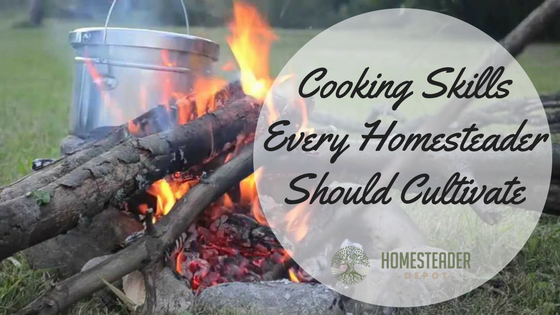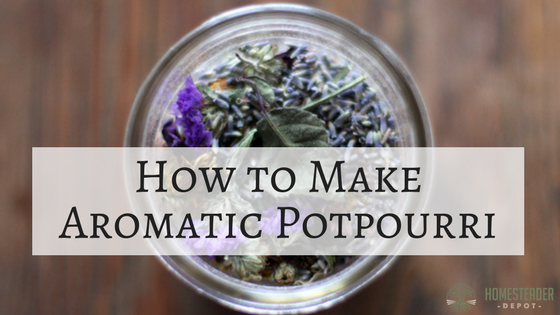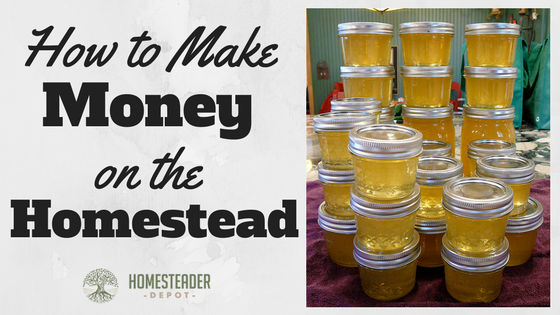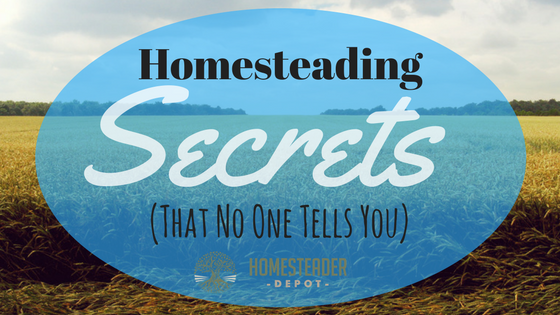8 Health Benefits of Green Tea
Green tea is much more than the complimentary beverage offered at Chinese food restaurants! Whether you love or hate the taste, it’s worth knowing about its amazing health benefits. Green tea has been used for centuries in China and throughout Asia to treat a number of maladies and diseases, everything from regulating blood pressure to … Read more








